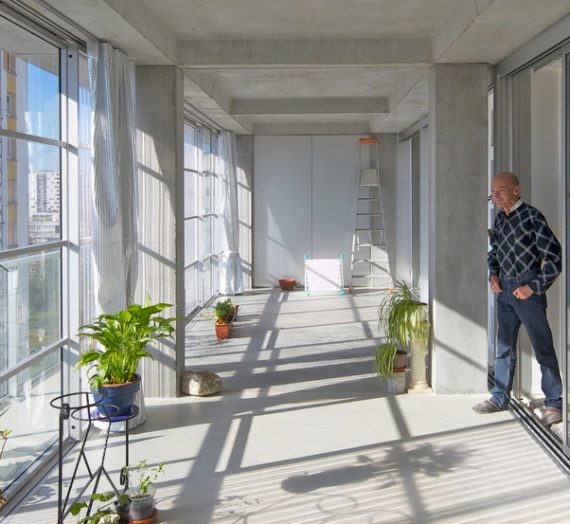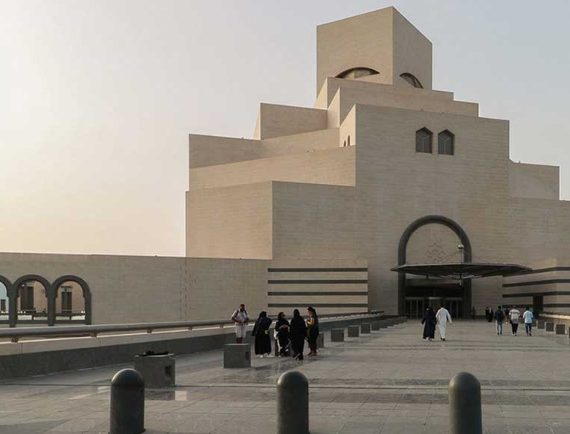Urban planning is a discipline whose main idea is to plan urban environments and solve their problems. This in order to provide quality of life to its inhabitants.
Architecture and urbanism are directly linked, it is the area of knowledge that studies the creation and organization of cities that emerged a little less than 200 years ago. Thanks to urbanism, planned ways of inhabiting spaces have been created, favoring the development of society and solving its problems. Its essence is the study of the relationships between space and the society in which we live. The meaning of urbanism always varies according to time and place, but it is often distinguished from the simple act of urbanization by man.
At the beginning of the Colony, the location and design of the houses were established in a planning within two patios, one of them in the front part, where the rooms were. At the bottom of the first patio was the dining room. In the rear courtyard were the bedrooms and residential services.
There were three ways to access them: one, which is where the carriages entered and left, at the ends, and the other is the main door of the house, which leads to a hall from where you reach the first patio.

All the houses faced what was called the Plaza Mayor. This was surrounded by the Palacio de los Capitanes, the Cathedral and closed by a general services building, including commercial ones, which gave the square its final shape. Christianization developed with the creation of several churches and temples within the neighborhoods.
Therefore, architecture is the art and technique of designing, projecting and constructing buildings and public spaces, in which knowledge of art, engineering, design, landscape and peripheral vegetation originally with coffee farms are integrated.
In this context, urban planning is a human science inserted in the context of a society in a process of constant population growth, responding to strong pressure from civilization and urbanity, facing its demands and problems. It is an area of fundamental knowledge for the welfare of society. The planning and organization of cities is an issue inherent to the development of the human being. That, in addition to creating new urban planning solutions, which is an increasingly important demand in the face of the great growth of the world population.

Within urbanism there are issues ranging from urban planning, with the creation of spaces and services in favor of the population, to sustainability and new technologies. The territorial planning of the city began with the creation of neighborhoods, a form of division since its foundation in 1776. The checkered design is the adoption of the Roman urban planning policy.
Therefore, to speak of urbanism is to speak not only of cities; in fact, it is that he who invented the word city was to classify in a general way the different types of human settlement, and the term “urbanization” as the act of acting within the city. From these similar terms the name urbanism emerged, at the beginning of the 20th century, and how to carry out actions that favor the collective.




